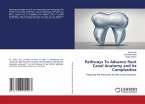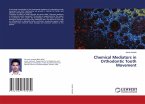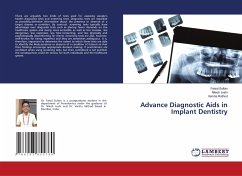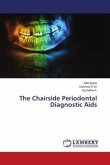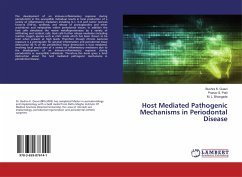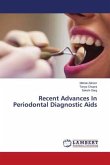The ideal goal of diagnostic procedures is the earliest possible identification of the disease process, which allows the most effective preventive procedures and least invasive interventions. An accurate diagnosis of the disease is the primary requirement for a successful treatment. With the advancements in the diagnostic procedures, our accuracy in making a diagnosis has improved. The advances in radiographic techniques have enabled us to accurately access the periodontal bone morphology and long-term changes in the bony architecture following periodontal treatment. Various chairside diagnostic kits help us in identifying various bacterial and host-derived products in the periodontal pocket, thus helping us in the determination of microbiological and immunological activity going on in the periodontal pocket. These advances in diagnostic procedures have further improved our treatment planning, helping us to achieve better results following periodontal treatment..
Bitte wählen Sie Ihr Anliegen aus.
Rechnungen
Retourenschein anfordern
Bestellstatus
Storno


